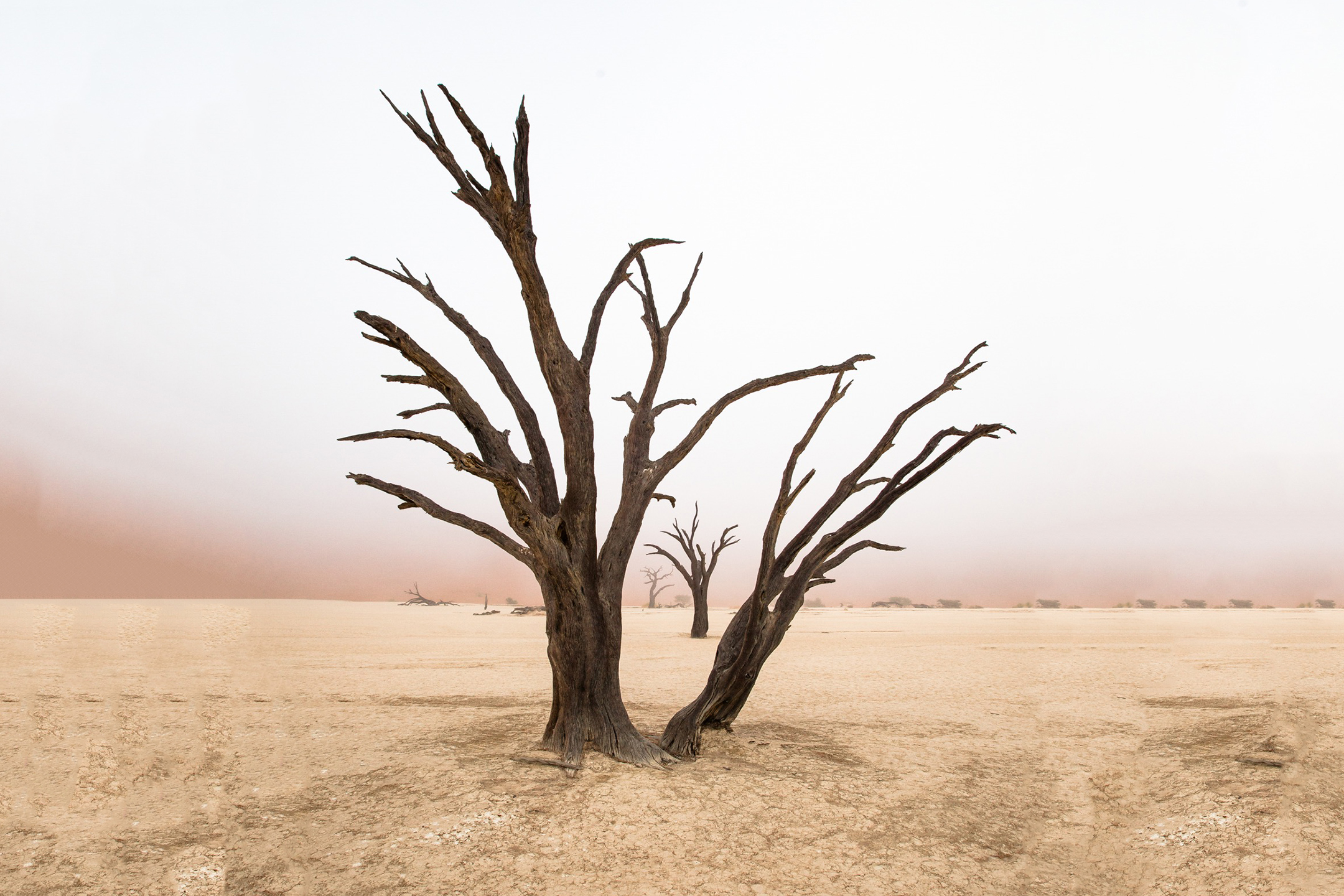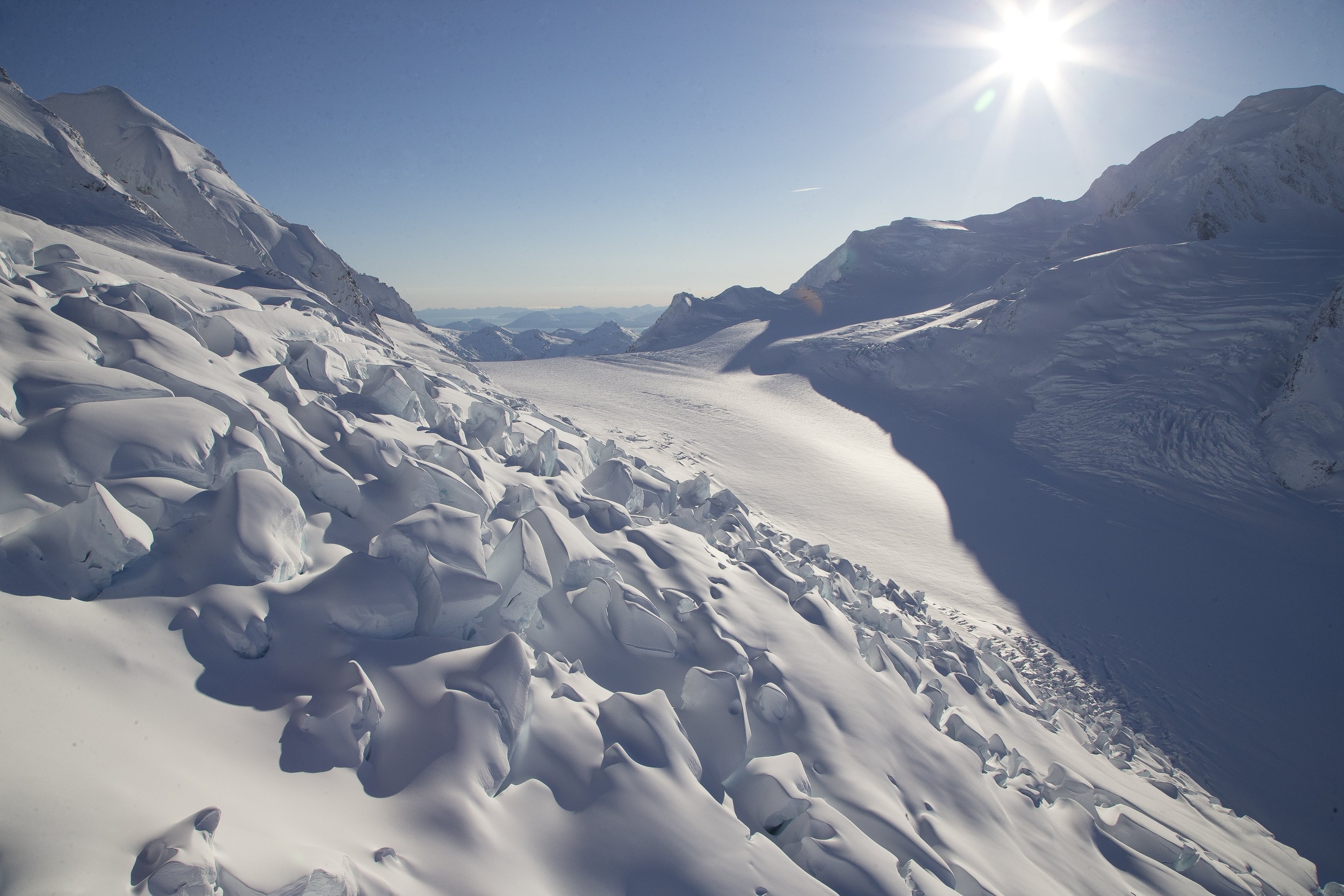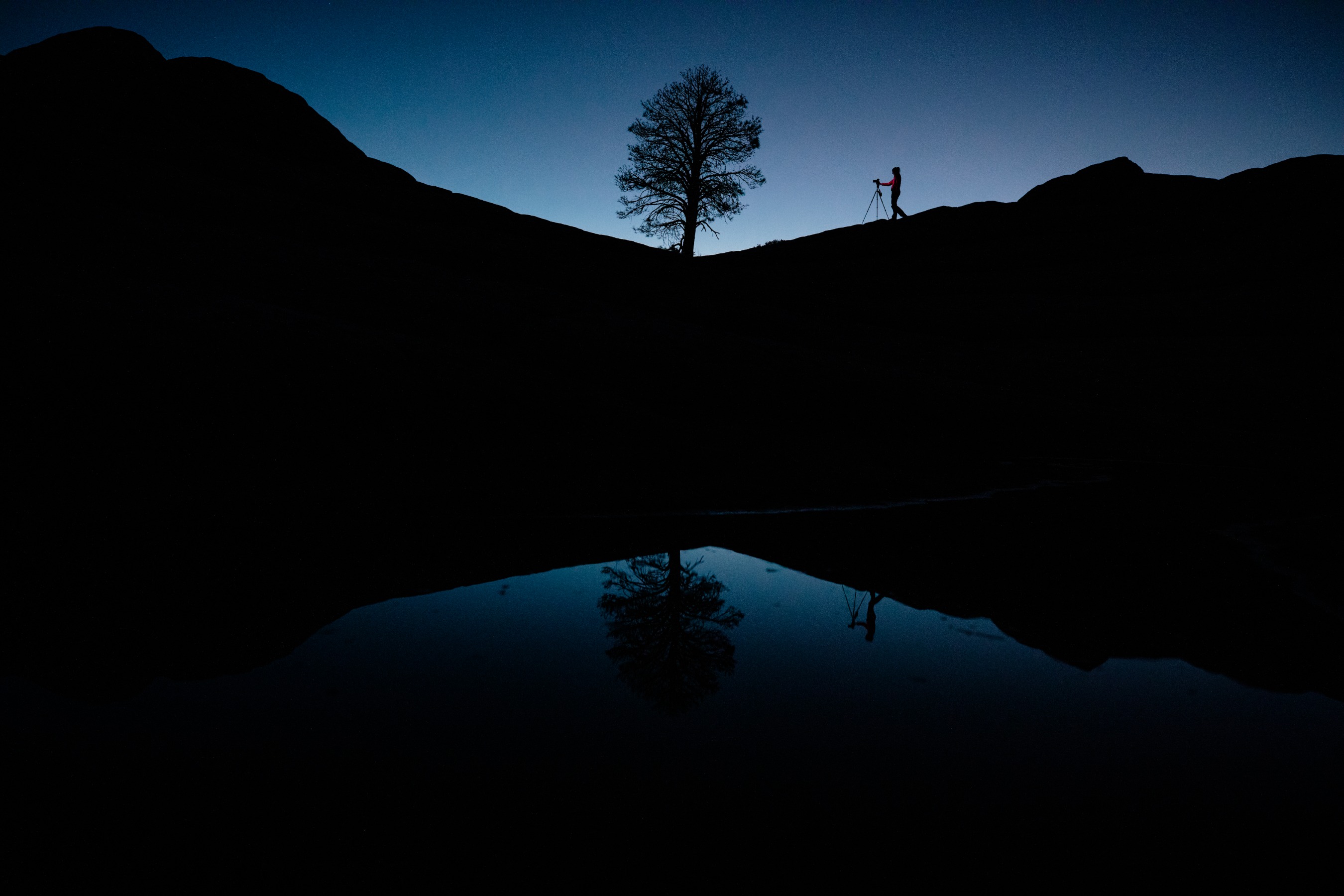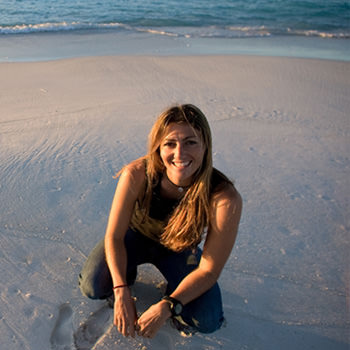TRAVEL PHOTOGRAPHY: BEST TIPS & GEAR FOR LANDSCAPE TRAVEL
09.09.2021 | Reading time: 15 minutes
Author: Jody MacDonald
The late, great Anthony Bourdain once said, "Travel changes you. As you move through this life and this world you change things slightly, you leave marks behind, however small. And in return, life and travel leaves marks on you." Travel really does leave its mark on us, but I think travel photography has the power to deepen our experiences even more. Over the years, photography has become my passport to travel and adventure. Opening doors to the larger world beyond and the wilds of exploration. Working on assignments has led me to over 100 countries, allowing me to document the remote places, cultures and wildlife nature that we share our world with.
As you probably already know, there are many important aspects to framing the best travel photography, but I'm going to focus on landscape travel photography. I am going to preface this by saying that I am not strictly a landscape photographer. I'm an adventure and documentary photographer first and foremost, but a big part of my photography is framing landscapes to help tell a bigger story, and I have learned a thing or two over the years. While there are no shortcuts to getting experience and practicing your photography skills, there are a few things you can do to help you take better travel and landscape photos and make them stand out.
FOLLOW YOUR CURIOSITY & DO THE RESEARCH
As photographers, following our curiosity is one of the most important skills we can develop. Many of my project ideas start by wanting to go to a place that I'm curious about. Once I've decided where I want to go, the research begins. Read brochures and travel books. Go to libraries, bookstores, and search Google. Talk to friends who have been there. Pick up travel information at the country's embassy. Find whatever you can that is relevant and devour it. It gives you a good idea of what specific areas you want to go to. I'll ask myself "What is appealing to me about this place, how can I frame that and what is the story I want to tell." Finding local experts in the areas you will be traveling to is also invaluable. They can get you access, and having them show you what places are special to them often point you toward finding the most interesting and unique places and subjects to photograph.
TRAVEL PHOTOGRAPHY: TIPS & TECHNIQUES
There are many techniques you can use, but these are the ones in my bag of tricks when I'm on assignment.
Unique Angles
I will usually start out by taking the obvious photographs of a place, but I will quickly move on and try to find some unique angles that will allow me to add depth to the photos. If it's a location photographed a lot, I'll look for a unique angle to show the place from a new perspective. I try to get low, try putting something in the foreground, or see if I can use something to add some natural framing to an image. Doing this will add interesting elements that often make the ordinary extraordinary.




Making the Sun Interesting
I always photograph in the early morning and late afternoon, but what do you do when you have to shoot midday sun when the light seems blown out? Set your camera to f16 or higher and use a wide-angle lens to give the sun a sun flare. This technique has saved me countless times when I've had to shoot midday.
Layering
I'm constantly looking for ways to add layers and depth to my landscape photos. I will try to place something in the foreground, middle and background to create an image that the viewer can travel through visually when they look at my images. I find it's essential in evoking emotion, telling a story and making the images more interesting. I'll warn you, it's not easy to pull off, but your photographs will come to life when you do.




Getting an Aerial Perspective
I like landscape photography because it's a character of its own. Each place has its own characteristics and moods. Without landscape images, you cannot properly tell a story. When doing travel landscape photography, I try to always get an aerial perspective. Whether it's from a plane, drone or sailboat mast, that extra height allows your photographs to provide that sense of place. It gives you the opportunity to frame a perspective that many of us don't get to see. Add a subject if you can (it can be a person, animal, boat, etc). It will give you the added bonus of providing a sense of scale and more relatable to the viewer. When shooting from a plane or helicopter, don't forget to pack a wide-angle lens and shoot at a fast shutter speed.
Colors, Shadow, Leading Lines and Reflections
Always look for ways to add complementary colors, shadows, leading lines and/or reflections to your compositions. They are great things to look for to make your landscape images pop. Adding any of these elements into your compositions will create added symmetry, a sense of balance, contrast, or dimensionality to the composition. All of these things appeal to the human eye and will take your images to another level.


TRAVEL PHOTOGRAPHY GEAR
There is so much gear out there to choose from, it can be extremely overwhelming. Most travel and landscape photography shots don't need a lot of bells and whistles, and my ethos when it comes to gear is that less is more. The gear you do end up choosing does need to be durable and reliable. From landscapes to epic adventure shots, these are some of my gear essentials when I'm on the road.
- I try to keep lenses to a minimum. These are two that I can't live without. 16-35 mm f/3.5-4.5 and 24-90 mm f/2.8
- Leica camera bodies. The one I'm using right now is the SL2 body
- A travel tripod like Gitzo Traveler Tripod for those long exposures and starry night skies and the Gitzo Mini Tripod which I always have in my camera bag
- Drone - Mavic 2 Pro
- Gitzo Adventury camera backpack - fits all my camera gear and some clothes.
- Headlamp, noise-canceling headphones, earplugs and a sleep mask.


If you are about to start, and you can’t choose what tripod best suits your travel, check out our guide on the best travel tripod for professionals and find the right one for you!
PRACTICE, PERSISTENCE, FAIL OFTEN AND NEVER STOP LEARNING
I think practice and persistence is the secret to becoming a great photographer. Any successful photographer you have ever seen has never stopped practicing and has never given up. There are so many ups and downs to this profession that you need to have enough passion to never give up while at the same time always try to improve your skills. You're likely to get a ton of rejection, but once you learn that failing is an important part of any learning process, it can make it more bearable. I try to embrace adversity and failure as much as I can because in my experience the most growth and learning opportunities come from adversity and overcoming it. Don't be afraid to fail. It's always more important that you go for it!


Ready to get out there? Remember to respect the places you are shooting by learning about the places you visit and the people you meet. Try to find a unique perspective that tells a good story. Get lost, fail often, and never give up!
Put these tips to action and for further inspiration, follow @jodymacdonaldphoto on Instagram to see more images from her travels and adventures around the world.


Jody MacDonald
An award winning photographer, Jody MacDonald is no stranger to adventure and exploration in the last untamed corners of the planet. Having spent her formative years in Saudi Arabia before sailing around the world twice over the span of a decade on a kiteboarding, sailing and surfing expedition, she has traveled to over 90 countries in search of the unknown.


























